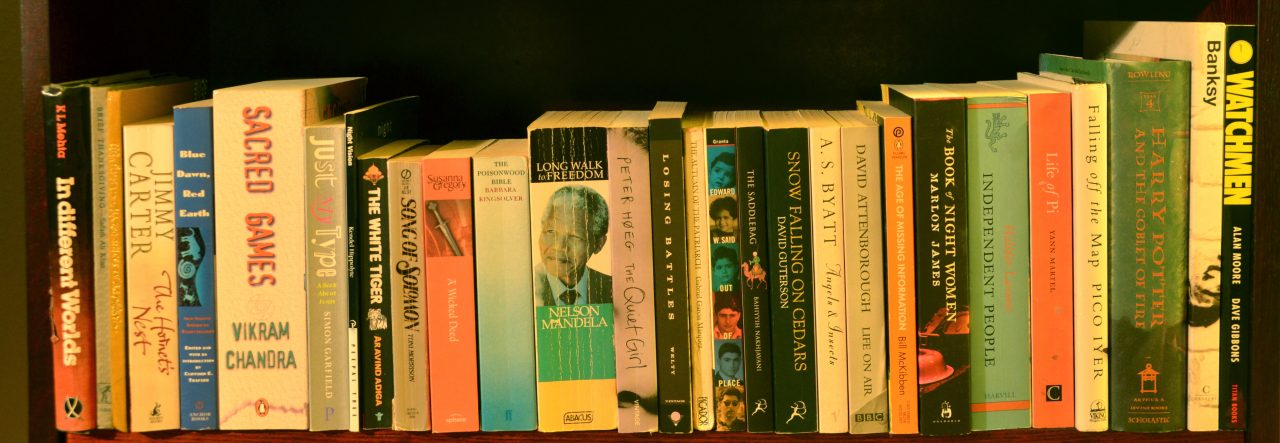Published by Penguin / Thorndike Press, 2017, 961 pages.

The book begins in Ireland in the 1940s: The Catholic Church is all-powerful, and anything outside the norm is not only frowned upon but punished. For example, having a child outside marriage, as Catherine Goggin, a pregnant teenager in an Irish village finds out. She is exposed by the priest and banished from the village. (It turns out later that the priest himself had fathered children out of wedlock.)
Catherine heads for Dublin where she moves in with Seàn and Jack. It takes Catherine a while to realize that they were a gay couple. Being gay in 1940s Ireland was a crime, so the two men were taking a huge risk in living together. When Seàn’s father finds them, it all goes horribly wrong.
Catherine gives her child, Cyril, up for adoption. Charles and Maude Avery, a middle-class couple, raise him. Although Cyril does not have an unhappy childhood, it isn’t one filled with love. Maude is a writer and an eccentric. Charles makes it clear that Cyril is not a real Avery, who is tolerated rather than loved.
Then at 10 years old, he meets Julian, a boy his own age, and is smitten. Already at that age, Cyril realizes that he is different from the others, and it was not something that would be accepted. “Even at that tender age I knew that there was something about me that was different and that it would be impossible ever to put right.” The two boys become friends, but Julian does not suspect that his friend is in love with him. As a gay man in an Ireland where it is still a crime, Cyril has to live a double life, hiding his real self under a mask.
The book follows Cyril as he grows up and joins the civil service. He often eats in the parliament’s cafeteria, where Catherine Goggin rules the roost. Mother and son take a liking to each other without knowing about the very real bond between them.
The book follows Cyril as he eventually leaves Ireland for Amsterdam, where he finds love with a Danish doctor, Bastiaan, and is finally able to live openly as a gay man. The couple move to New York in the 1980s. It may have been a more open time, but prejudice hasn’t exactly disappeared. AIDS, commonly known as a “gay disease”, is spreading and gay men are held responsible.
Cyril’s story comes full circle, as he returns to Ireland. It is now the 2000s, and Ireland is a very different place.
Through the life of Cyril from his childhood to old age, John Boyne gives us a sense of what it means to be gay and how things have changed—or not—over the decades. It is unimaginable how difficult it was—and still is in some parts of the world—just to be open about who you are.
While Cyril is no saint, which makes him more interesting, Bastiaan is a little too good to be true. But the characters who really come alive here are the women, especially Catherine, who is feisty, strong and funny. My one grip with it is that the book is full of coincidences worthy of a Bollywood film (or Shakespeare?): people meet up against all odds, which drives the story but does require a suspension of disbelief. But on the whole, it is a moving and redemptive story.
Note: The title is from something that the political theorist Hannah Arendt is supposed to have said about the poet W.H. Auden: “life had manifested the heart’s invisible furies on his face”.
